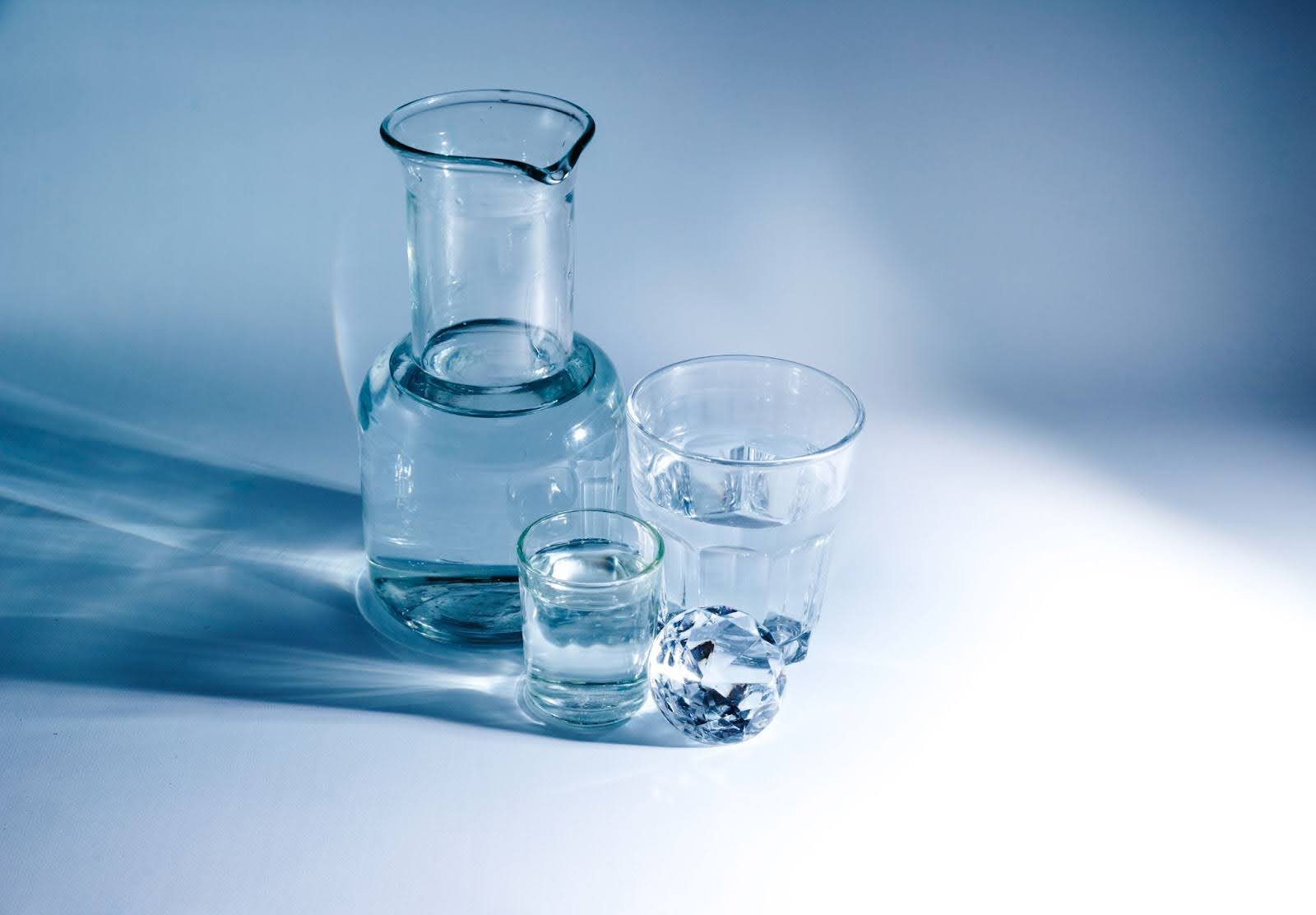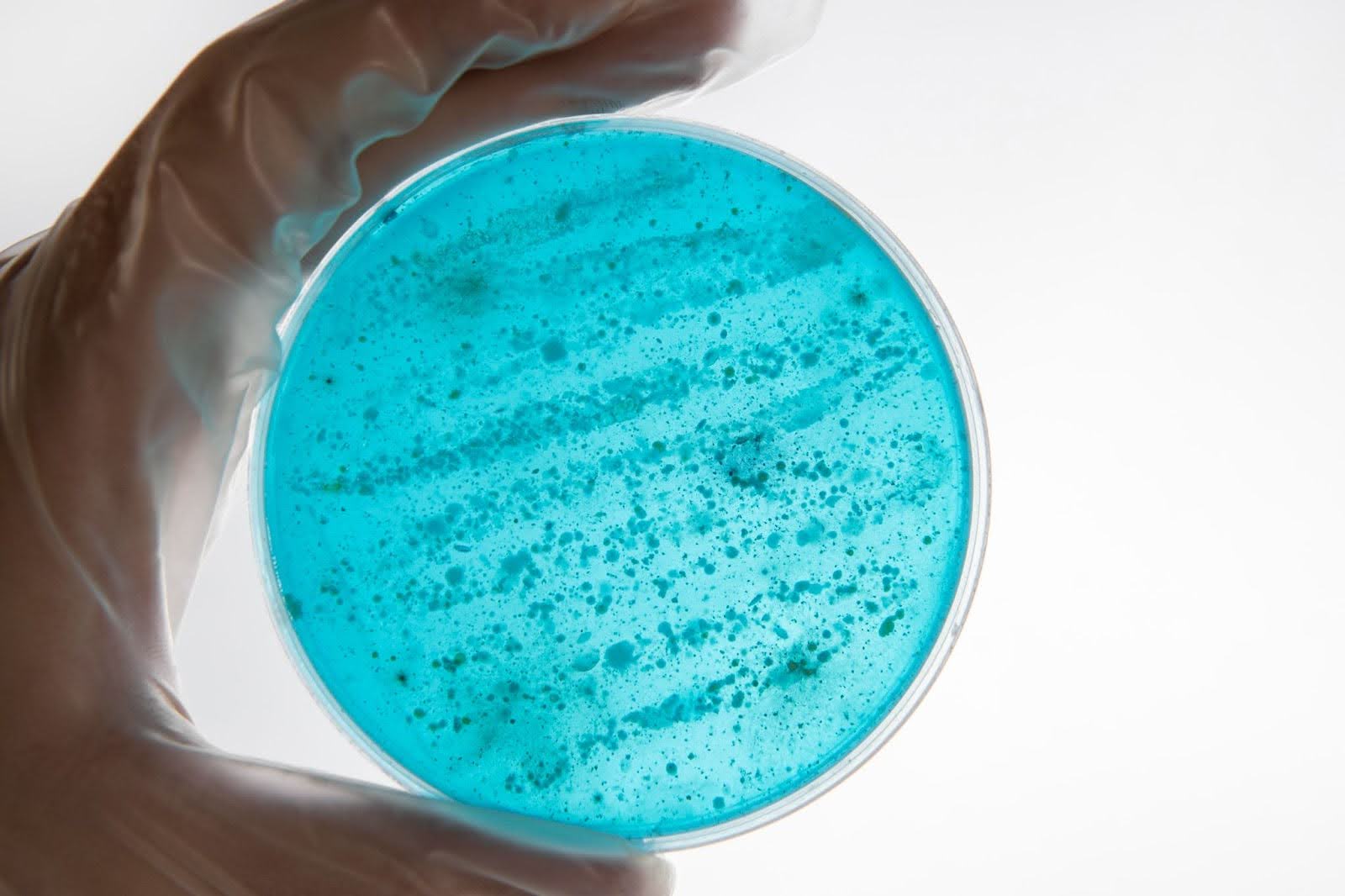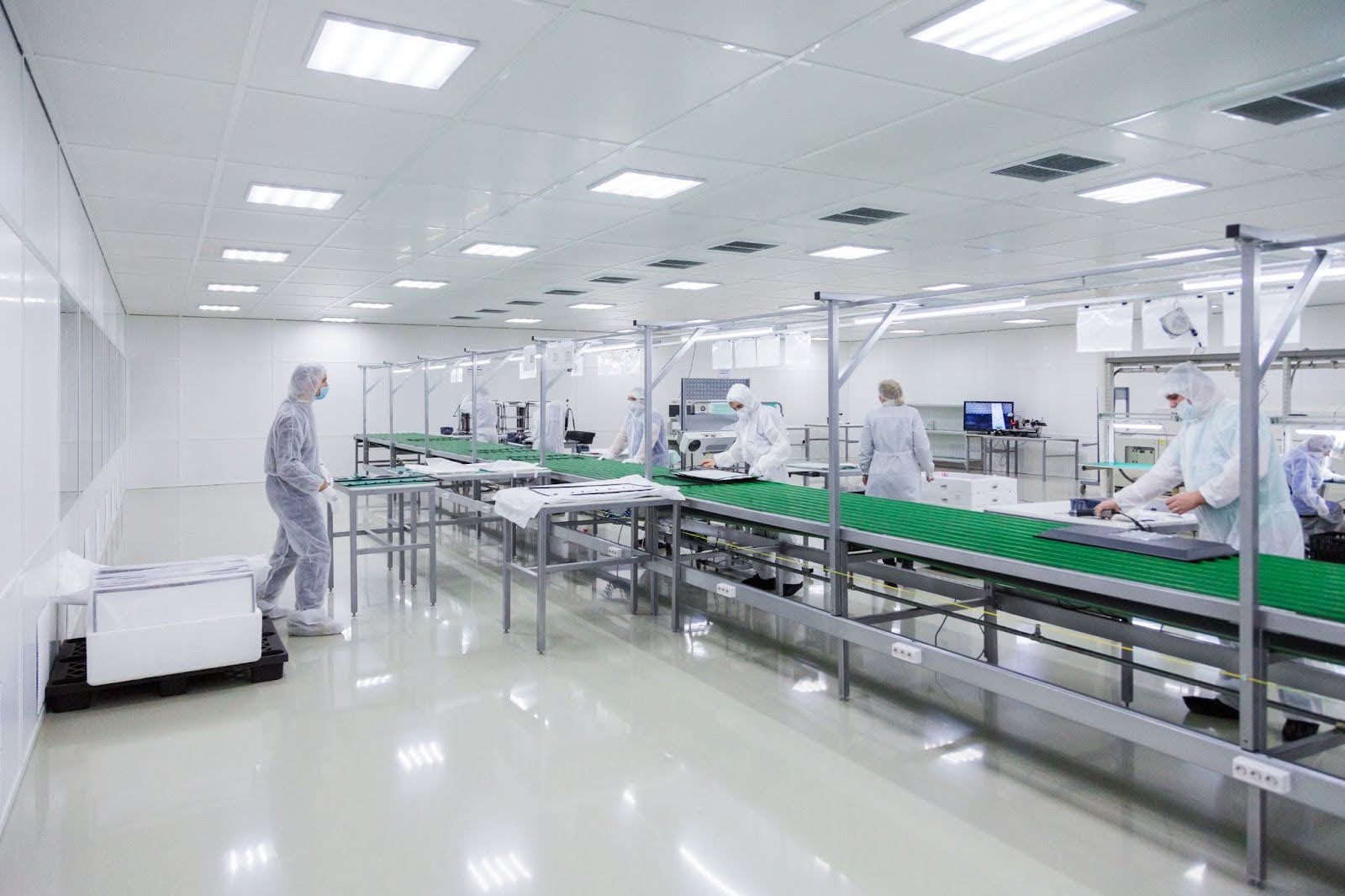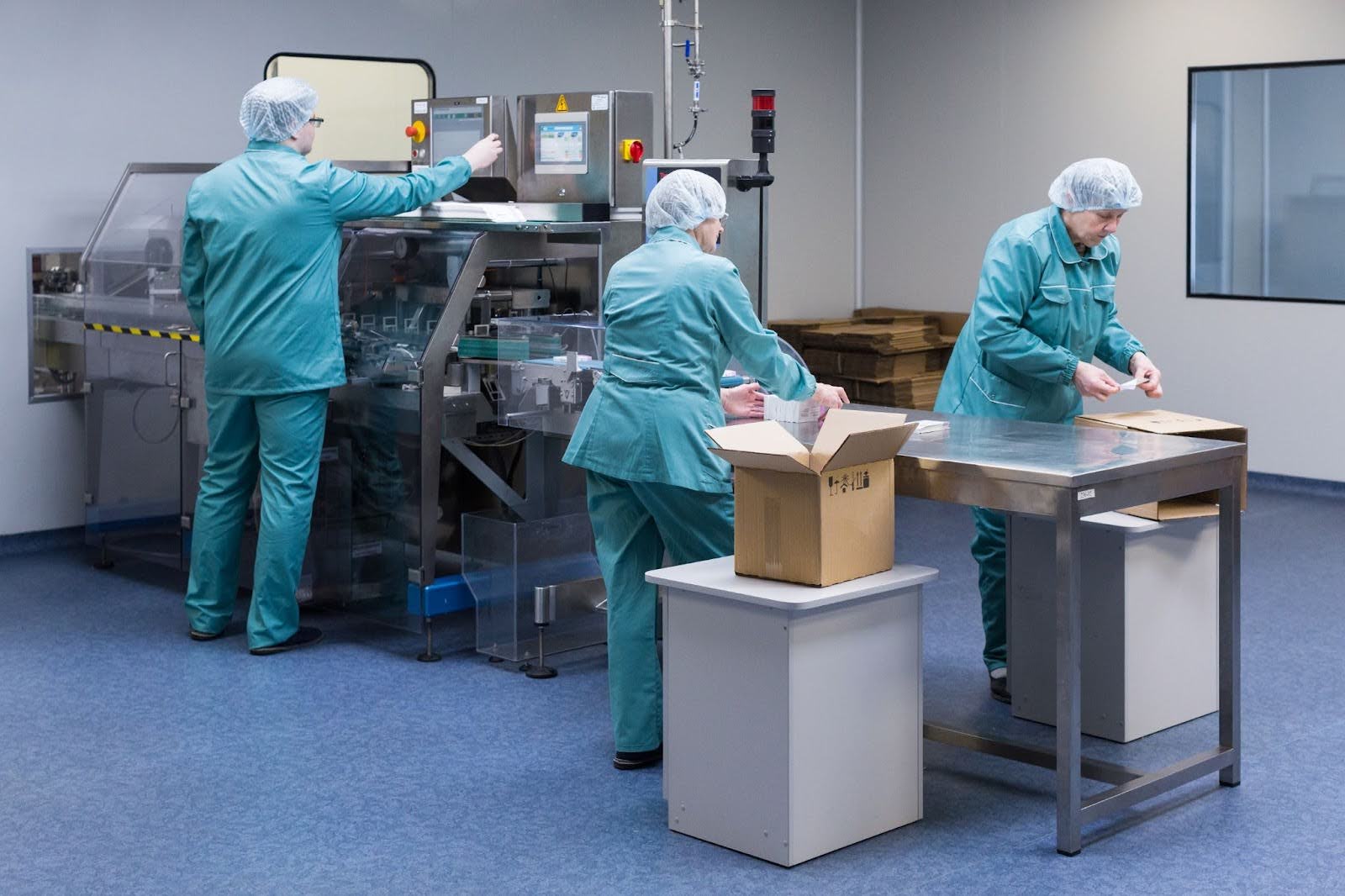by Mrudula Kulkarni
7 minutes
Hidden Microbial Risks in Pharma Utilities: Ensuring Water, Gas & Compressed Air Purity
Discover hidden microbial risks in pharma utilities like water, gases, and air — and how to ensure purity, safety, and contamination control.

In pharmaceutical manufacturing, utilities like water, process gases, and compressed air are often considered “infrastructure” or background systems. But these are not passive utilities — they are critical vectors for invisible microbial and particulate contamination risk. If you ever thought “it’s just the air lines” or “our water is already purified,” it’s time to rethink.
Even trace levels of microorganisms, endotoxins, oil aerosols, or condensate can compromise product quality, trigger sterility failures, or lead to compliance issues. The good news? With a risk-based approach, you can transform your utilities into robust defenses, not hidden liabilities.
“Compressed air and gases coming into contact with a pharmaceutical product must meet microbial, chemical, and particulate quality standards.”
In this blog, you’ll learn:
- What microbial and micro risks hide in water, gases, compressed air
- Standards, statistics, and auditing benchmarks
- Checklists you can use directly
- Best practices & mitigation strategies
Let’s dive in.
Hidden Risks in Utility Water Systems
Water is ubiquitous in pharmaceutical manufacturing: as raw material, for cleaning, for formulation, and as a component of reagents. Yet water systems are also among the most insidious sources of microbial risk.
Microbial & Biofilm Risks
Pharmaceutical-grade water systems are particularly vulnerable to microbial contamination, primarily due to biofilm formation. These biofilms can develop and persist in hidden areas such as dead legs, stagnant branches, or poorly circulated zones within the system, making them difficult to detect and eliminate.
One of the major challenges lies in the delay associated with traditional microbial detection methods—techniques like membrane filtration or pour plate assays can take several days to produce results. By the time an out-of-specification result is identified, contamination may have already spread throughout the system.
In the case of Water for Injection (WFI), the stakes are even higher, as both microbial counts and bacterial endotoxin levels must be rigorously monitored to ensure compliance and product safety.
Water Activity & Microbial Propensity
The concept of water activity (aW) — a measure of the “free” or available water in a system that supports microbial growth — is gaining increasing recognition in pharmaceutical microbiology. Unlike total water content, aW reflects how much water is actually available for microorganisms to metabolize and reproduce. In nonsterile pharmaceutical products, maintaining water activity below specific thresholds (typically below 0.6–0.75, depending on formulation) can effectively inhibit microbial proliferation.
While this principle is most commonly applied to finished dosage forms such as creams, ointments, and tablets, its relevance extends conceptually to process water systems as well. Even though direct measurement of aW in water utilities may not be practical or meaningful, the underlying science reinforces a vital truth: microbes thrive wherever there’s available moisture, nutrients, and stagnation.
In other words, if water is allowed to remain stagnant or if nutrient residues accumulate — for example, due to poor design, dead legs, or infrequent sanitization — the system becomes a breeding ground for biofilm formation. This correlation between aW, nutrient availability, and system hygiene reminds manufacturers that controlling flow dynamics and minimizing stagnation are as important as disinfection when it comes to preventing microbial risks in pharmaceutical utilities.
Gases & Compressed Air: The Overlooked Utilities
If your compressed air system is poorly maintained, it becomes a silent contamination source.
Common Contaminants in Compressed Air
Compressed air is exposed to multiple contamination modes:
- Particles & dust, which may originate from intake air, degraded piping, or internal wear.
- Water vapor / condensate: When you compress air, humidity condenses—leading to droplets or water films in downstream lines.
- Oil vapor / aerosols: Even “oil-free” compressors may carry trace oil if intake air is contaminated; oil mists are a known impurity.
- Microorganisms: Bacteria, spores, fungi introduced via intake air, moisture, or from condensate surfaces.
Combined, these hazards pose a real risk when compressed air or gas come into direct or indirect contact with product or product-contact surfaces.
Standards & Classification
- ISO 8573-1 defines classes of purity for compressed air (particles, water, oil).
- ISPE Good Practice Guide strongly recommends contaminant controls and risk-based monitoring for pharmaceutical compressed air systems.
- Regulatory audits increasingly scrutinize compressed air systems as part of process gas qualification.
Checklists: What You Should Be Monitoring
Use these checklists to assess and strengthen your utility systems.
Water Utility Microbial Risk Checklist
Compressed Air & Gas Quality Checklist
Putting It Into Practice: Strategies & Best Practices
1. Risk-Based Design & Qualification
From Day 1, your water/gas/air systems should be designed with GMP risk in mind. Include hygienic piping, cleanability, inspection ports, and validated recovery after maintenance. Regulatory guidance is beginning to demand these attributes.
2. Integrated Monitoring & Trending
Don’t treat utilities as isolated silos. Integrate microbial and physicochemical monitoring with your contamination control strategy (CCS). Trend data over months to detect creeping drift.
3. Rapid Methods to Supplement Culture
Because culture-based testing takes days, consider deploying rapid microbiological methods (ATP, fluorescence, etc.) to flag anomalies faster.
4. Redundancy & Fail-Safe Barriers
Use point-of-use filters (e.g. 0.2 µm sterile filters) or sterile filters on process gases when applicable, especially for direct product contact lines.
5. Maintenance & Integrity
Regular maintenance of dryers, filter elements, condensate drains is non-negotiable. Replace older pipe segments (e.g. black-iron) with stainless to reduce particulate shedding.
6. Audit-Ready Documentation & Qualification
Your utility systems should have IQ/OQ/PQ protocols, validation of microbial control, change control, and traceability. Be ready to present sampling plans and trend reports in audits. “Compressed air systems in GMP environments are not optional — they must be qualified, monitored, and treated as critical utilities.”
Conclusion
Water systems, process gases, and compressed air are not passive utilities. They are hidden battlegrounds where microbial and particulate risks can infiltrate your most sensitive processes. Recognizing them as such, and applying structured design, monitoring, and governance, can transform them into silent guardians of quality—not liability.
If you address utility risk proactively, you strengthen your contamination control strategy, reduce deviations, and build confidence during audits.
“Compressed air and gases that meet the right microbial, chemical, and particulate standards become invisible protectors rather than silent threats.”
It’s time to bring utilities from the shadows — into your contamination control core.
FAQs
Q1. How often should microbial testing be done on compressed air?
It depends on risk. For sterile or direct-contact lines, sampling quarterly or monthly is common; for indirect lines, twice a year may suffice. Base frequency on risk assessment.
Q2. Can I use “oil-free compressors” and skip oil monitoring?
No. Even oil-free compressors can pick up hydrocarbons or vapors from intake air. Monitoring for oil aerosol/vapor is still necessary.
Q3. What microbial limits are acceptable in water for injection (WFI)?
European Pharmacopeia often cites ≤ 10 CFU/100 mL for WFI; purified water may allow higher limits (e.g. ≤ 1,000 CFU/mL) — but always use your validated spec and trend.
Q4. How do I sample compressed air microbiologically?
Use validated impaction or isokinetic samplers. Air should be depressurized, sampled at controlled flow. ISO 8573-7 provides guidance.
Q5. What’s the difference between total viable microbial count vs endotoxin testing in water?
Total viable count (TAMC) estimates live microbes; endotoxin testing detects pyrogenic fragments (not necessarily live). WFI must undergo both for comprehensive control.




